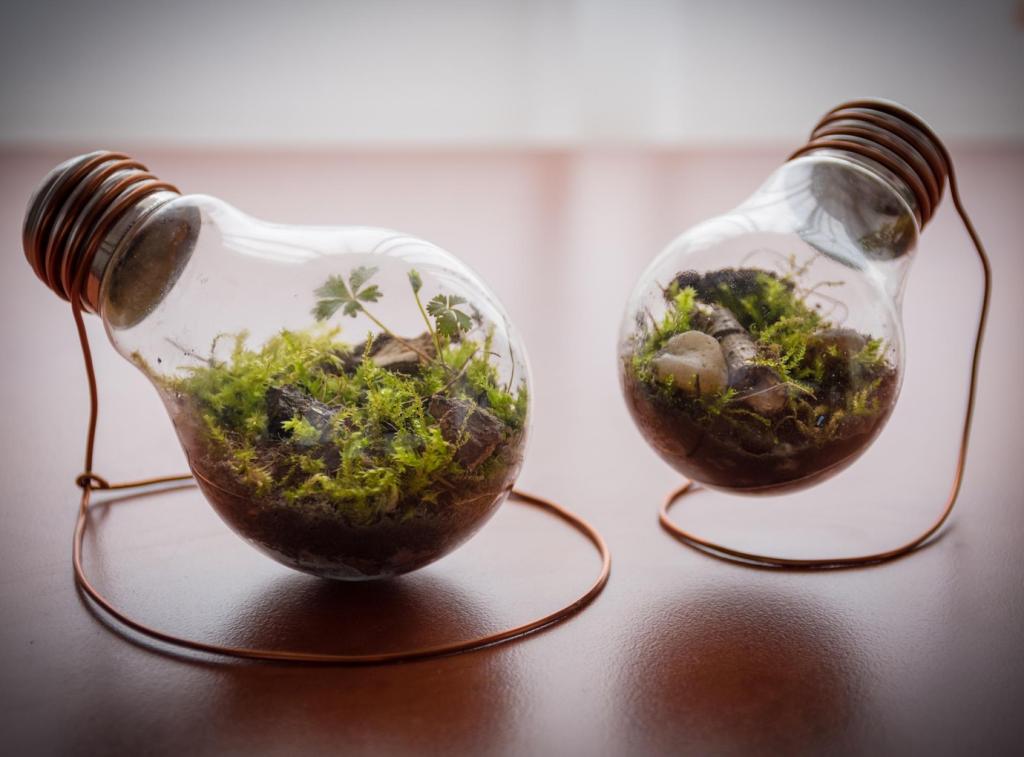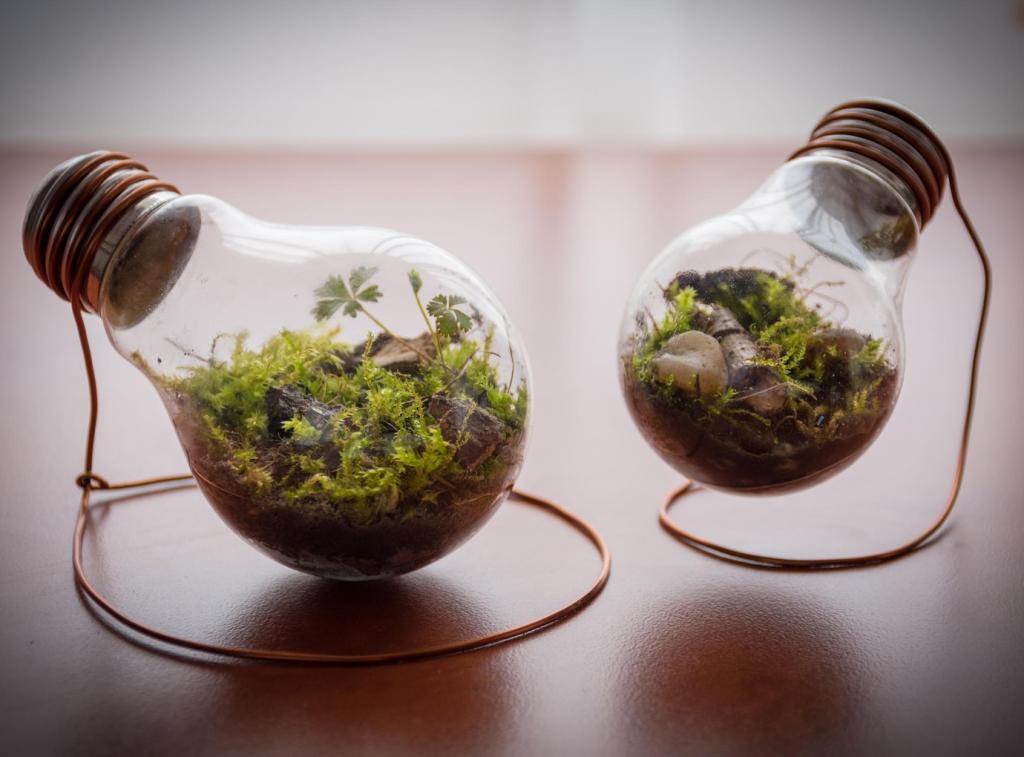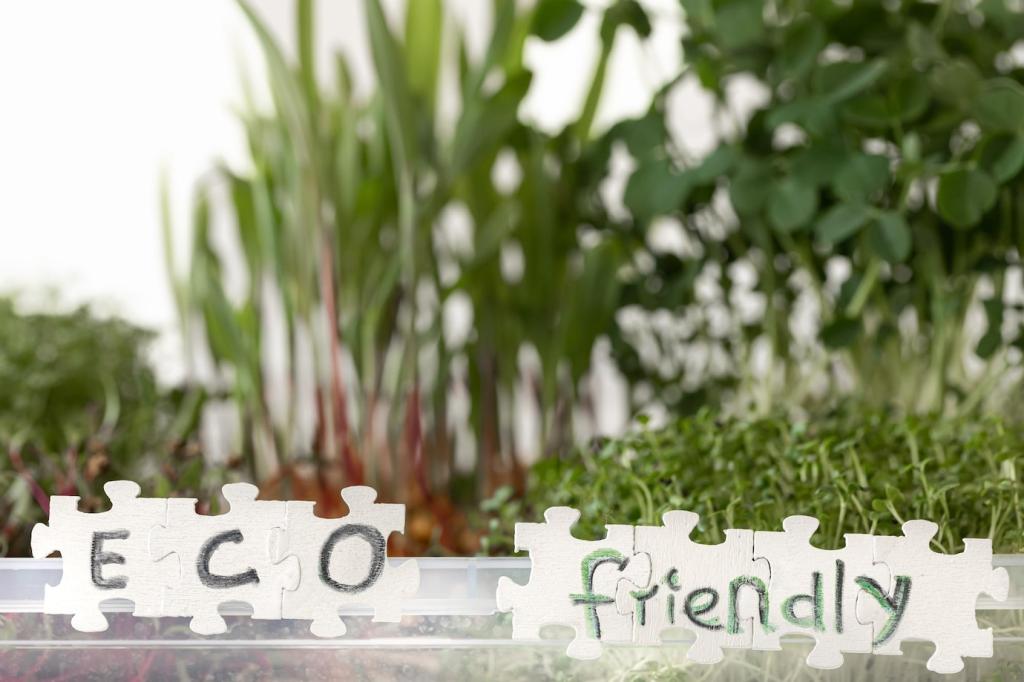Organic Textiles for Smart Home Design
Chosen theme: Organic Textiles for Smart Home Design. Welcome to a home where breathable, ethically sourced fabrics meet thoughtful automation. Explore how natural fibers, low-tox finishes, and smart controls can elevate comfort, wellbeing, and beauty—while inviting you to comment, subscribe, and share your own textile-smart ideas.

Why Organic Textiles Belong in Smart Homes
Organic cotton, linen, and hemp certified by GOTS or OEKO-TEX help reduce off‑gassing from dyes and finishes. Less VOC exposure means clearer air for bedrooms, nurseries, and home offices, especially when HVAC and sensors circulate air through soft, non-toxic textiles instead of plastic-heavy surfaces.
Imagine occupancy sensors cueing organic linen drapes to open with sunrise, and close before glare heats your desk. Temperature, light, and presence data orchestrate quiet motions that feel human, not robotic—subtle adjustments that respect circadian rhythms and your preference for tactile, natural surroundings.
Regeneratively grown cotton, rain‑fed flax for linen, and closed‑loop Tencel reduce water, chemical, and energy footprints. When paired with durable hardware and modular smart components, textiles last longer, repair more easily, and avoid landfill—an elegant cycle that rewards care, creativity, and responsible upgrades over time.

Materials Guide: Cotton, Linen, Hemp, and Tencel
Organic cotton for everyday touchpoints
Choose GOTS-certified cotton for pillowcases, sofa slipcovers, and crib sheets that touch skin daily. Balanced thread counts increase breathability, while percale weaves stay cool under smart thermostats. Cotton takes natural dyes beautifully, letting you coordinate softly with smart lighting scenes throughout seasons and moods.
Linen and hemp for performance and patina
Linen and hemp regulate moisture, resist mildew, and age with character. Use mid-weight weaves for drapery on motorized tracks, and dense hemp felts for acoustic panels in media rooms. Their matte textures reduce glare, while their strength supports frequent automations without losing drape integrity.
Tencel and bamboo blends—responsibly sourced
Prefer lyocell (Tencel) produced in closed-loop systems, ideally FSC-sourced. If considering bamboo, look for transparent, low-impact processing and trusted certifications. These silky fibers pair well with whisper-quiet mechanisms, gliding cleanly and resisting static, perfect for bedrooms where serene movement and gentle touch are essential.
Program organic linen drapes to follow the sun’s path: open at a gentle percentage, pause mid-morning, and close before late-day glare. Tie actions to weather and presence, so you save energy without losing spontaneity—or the pleasure of watching textured fabric respond like a living companion.

E‑Textiles, Safely and Sustainably
Conductive threads and removable modules
When experimenting with e‑textiles, choose removable sensor clips, zip‑away battery pouches, and conductive threads like stainless-steel blends. Keep circuits modular so fabrics can be laundered. Focus on simple cues—light, temperature, occupancy—over complex wiring that compromises hand, drape, or long-term material integrity.
Non‑toxic finishes and care
Skip PFAS‑based repellents; use plant-based wax emulsions or tightly woven constructions for protection. Favor low‑metal natural dyes and enzyme washes. Label care with QR codes linking to gentle cycles and line‑dry instructions, so the smart system nudges maintenance without sacrificing softness or colorfastness.
Standards and interoperability
Select motors and sensors compatible with Matter, Thread, or Zigbee for longevity. Prioritize vendors offering spare parts and firmware updates. Interoperable gear protects your investment, letting you upgrade electronics while keeping beloved organic fabrics in place for years of cozy, reliable service.



Care, Cleaning, and Longevity
01
Smart reminders and routines
Schedule quarterly prompts for dusting drapes with a soft brush attachment, and seasonal laundering of slipcovers. Add a gentle notification before pollen peaks. Log fabric ages and repairs in your home app, so replacements are planned, not rushed, and favorite pieces get proactive attention.
02
Washing and drying best practices
Wash cool with enzyme-free, fragrance-light detergents and skip optical brighteners. Line dry when possible; low heat if necessary. Steam to relax fibers instead of aggressive ironing. These choices preserve hand, reduce energy use, and keep colors aligned with your circadian lighting scenes.
03
Repair, reuse, and end‑of‑life
Keep a mending kit for hems, seams, and small patches. Retire worn drapes into pillow fronts or acoustic pinboards. Compost only undyed, pure natural fibers where facilities allow. Transparency about fiber content today makes tomorrow’s recycling or composting real, not wishful thinking.
Starter project: motorized linen shade retrofit
Pair a battery-powered, Matter‑ready roller with organic linen. Use mechanical clips and low‑VOC adhesives for hems. Program a sunrise scene at 10% increments, then a midday glare block. Feel the immediate difference in light quality and the satisfying sweep of natural fabric.
Acoustic wall panels from hemp felt
Wrap thin cork or recycled board with hemp felt and mount in a grid behind your desk. The tactile surface softens echoes during calls, while the natural hue plays beautifully with warm-white task lighting and the matte textures already present in organic textiles.
Share your space and shape our next guide
Post a comment describing your room’s light, noise, and airflow quirks. What fabric are you considering, and which smart platform do you use? Subscribe for material deep-dives, washable hardware tips, and community-sourced routines that keep everything calm, responsive, and beautifully organic.

